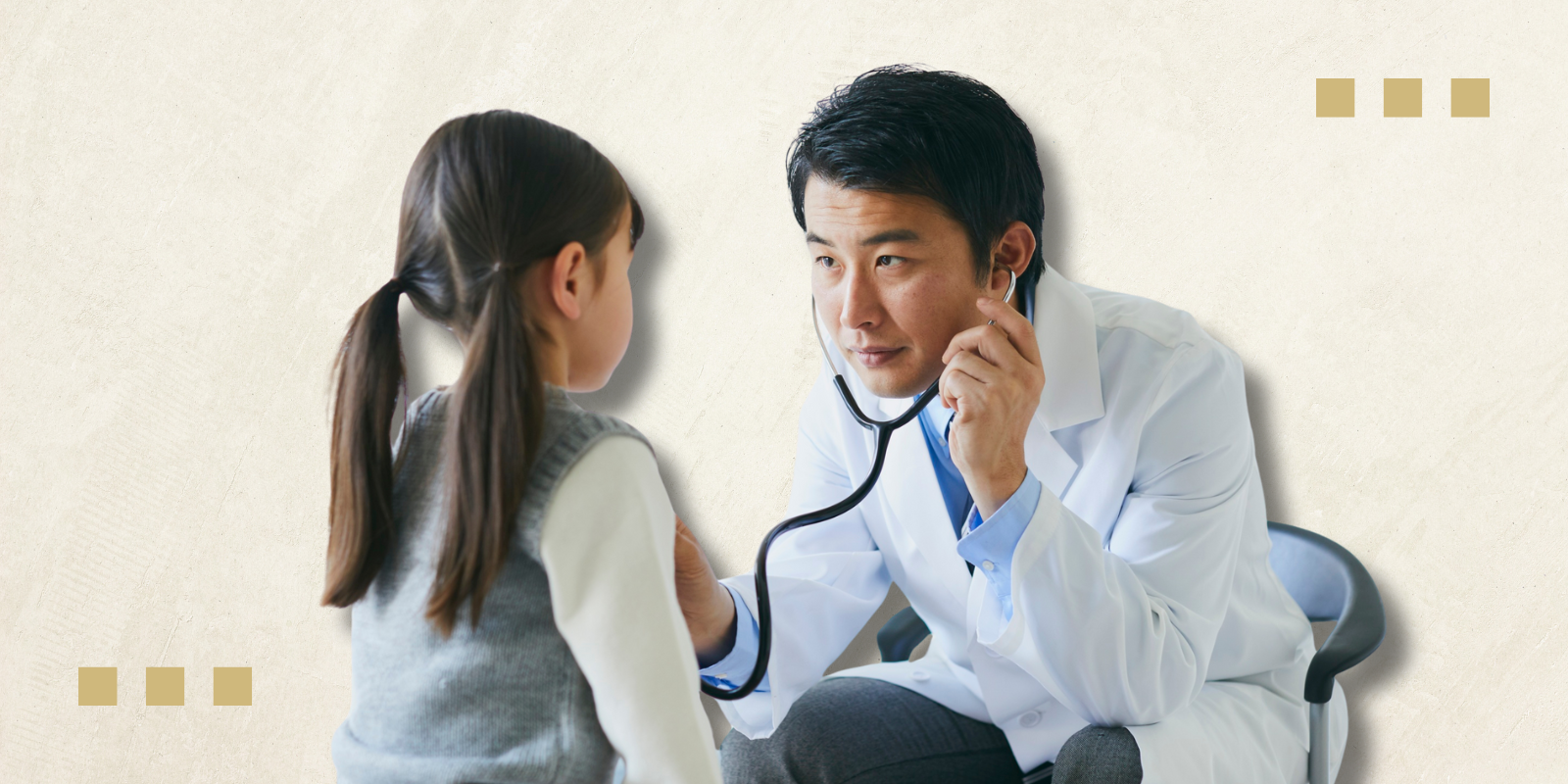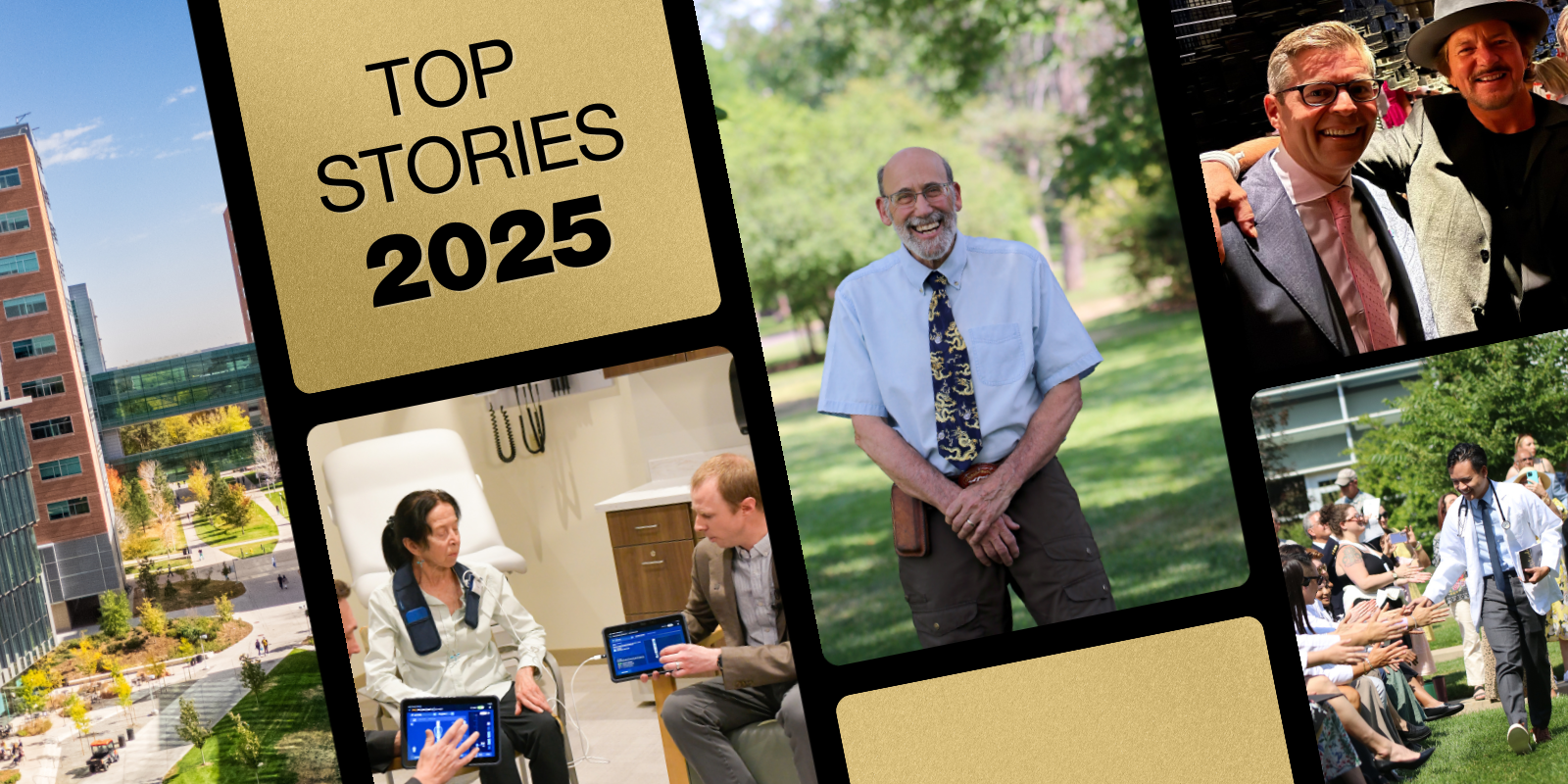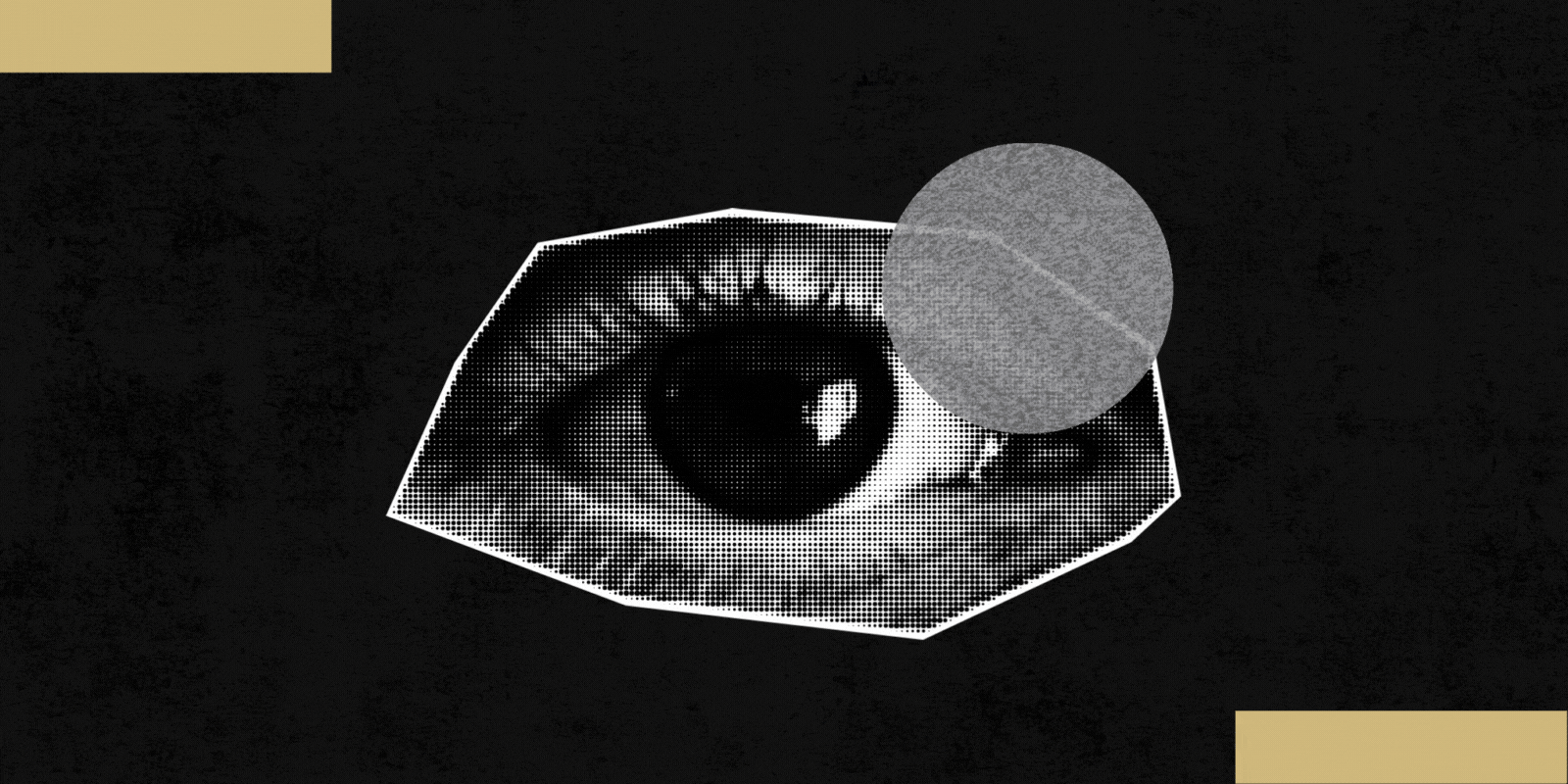As the frontiers of human spaceflight expand, so does the need for medical operations that aren’t dependent on Earthbound personnel to execute.
At only 250 miles from Earth, astronauts aboard the International Space Station can take advantage of quick medicine delivery, live telehealth consultations with clinicians on the ground, and even speedy medical evacuation, should the need arise. But as NASA and other organizations and companies eye voyages to the moon, Mars, and other locations farther out in space, dependence on terrestrial resources becomes less and less feasible.
“Based on our current models and design, it could take around 16 days to evacuate someone from the lunar surface, because there are different vehicles involved,” says Arian Anderson, MD, an assistant professor in the Department of Emergency Medicine in the University of Colorado School of Medicine and a clinical researcher at NASA.
“There's a space station being built that will go around the moon, and you’d have to rendezvous there to get to your other vehicle to return to Earth,” he continues. “Now, it's not just stabilizing a crew member for 12 hours or 24 hours like on the International Space Station; it's stabilizing them for weeks. The needs go up, and the amount of supplies we can bring with us goes down, because these locations are so much further away. So we're getting more and more precise on what we need for these longer missions — what skills, what resources, what support.”
Meetings of the minds
In January, Anderson — who is also director of the dual-degree program in medicine and aerospace engineering with an emphasis in bioastronautics at the CU School of Medicine and CU Boulder — published a paper in the journal Wilderness & Environmental Medicine detailing a series of meetings NASA organized in 2023 and 2024 to begin developing Earth-independent medical operations (EIMO) to support crews and reduce overall mission risk.
Overseen by Jay Lemery, MD, director of the Climate and Health Program at the CU School of Medicine, the meetings brought together internal and external subject-matter experts in human spaceflight, health technology, and austere medicine to create a framework for developing the technologies and procedures necessary to maintain human health and performance in a progressively Earth-independent fashion. The discussions centered on the gaps between current approaches to medical care in low-Earth orbit and the innovations needed to maintain the health and performance of astronauts on long-duration deep-space missions.
“We always talk about three categories of solutions,” says Anderson, who attended the NASA meetings to provide a clinical and medical research perspective. “There are medical solutions to medical problems; there are operational solutions to medical problems; and there are engineering solutions to medical problems. EIMO is trying to take a big view and start the process of asking some of these hard questions.”
Big challenges, big solutions
Among the challenges addressed at the EIMO meetings were ways to extend the shelf life of medications that become toxic after expiring, the possibility of giving engineers a crash course in medicine prior to a mission, and building an artificial intelligence (AI) tool that can provide a real-time consultation equivalent to live telehealth.
“An AI clinical decision tool that monitors resources and can access the crew’s medical history would be great,” Anderson says. “For example, if somebody is throwing up on a space flight mission, that could be because the water is not being filtered and cleaned effectively, or maybe there's too much carbon dioxide in the atmosphere. The AI can look at huge amounts of input data and help you come to decisions.”
Anderson is testing an early AI tool developed by NASA with the help of engineering students at CU Boulder; he also is part of a NASA project looking at probabilistic risk assessment, using a modeling tool called IMPACT to analyze data and predict the likelihood of illness on a space mission and the success rate of various treatments.
“As much as we can, we want to avoid anecdote and expert opinion and use raw data to figure out what our next moves are,” he says.
It takes a village
Anderson and his colleagues in the Department of Emergency Medicine know that EIMO is a complex issue that will take a lot of knowledge to solve. He published the paper in Wilderness & Environmental Medicine to raise awareness of the challenge and inspire others to help.
“We believe that the future of spaceflight requires multidisciplinary input,” he says. “Rather than having these technical meetings in a vacuum, then starting to work on the problem all on our own, the idea was, ‘Let's publish this. Let's make people aware of this interesting problem in space, and hopefully we inspire people to they think, “Hey, the work I'm doing could fit into this; this is the role I could play.”’ The more we can get the word out there, the better the outcomes are going to be.”
Featured image: Arian Anderson, MD, and his colleagues from NASA's Exploration Medical Capability at the Aerospace Medical Association Conference, where they presented on their work around EIMO.



